according to
Jennifer A. Lewis recalled that initially3D printingUsed in new
energy
The inspiration to show their talents in car lithium batteries came from a discussion with Shen J. Dillon. The two agreed that this idea is theoretically feasible, so they began to work on this project together.

In 2013, Lewis entered Harvard University and published a paper “3D printing“Crossed Lithium-Ion Microbattery Architecture”, this paper has attracted the attention of several battery companies. Lewis and her team’s research showed a3D printingTechnology, the functional ink is patterned in the form of filaments, the size can be as small as 1 micron.
The composition and rheology of the ink have also been optimized to ensure that they can flow through the deposition nozzle. The printing thickness of the battery electrode is about 30 microns. At the same time, the material also needs to have a complete structure that can withstand drying and sintering without delamination. Or deformed.After formulating these materials, they developed3D printingXintiandi.
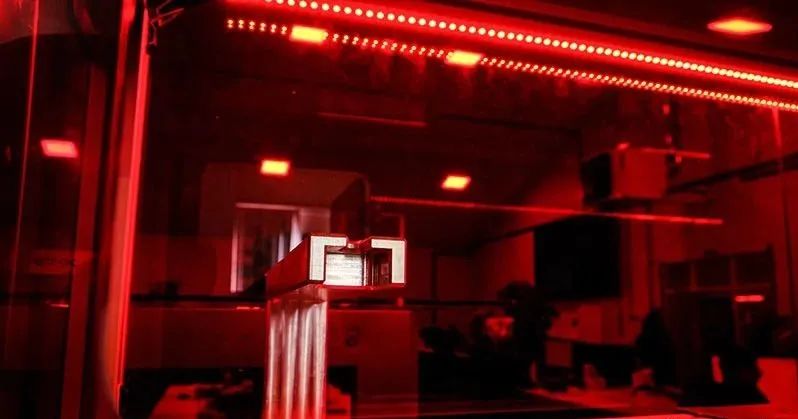
Lewis said: “One reason3D printingThe finished battery was not the final result we wanted from the beginning. Importantly, we found that the performance of this battery is similar to that of a bulk battery. The micro-scale printing capability does not degrade performance at all, making it possible to create small batteries. We are trying to print a functional battery that is only the size of a grain of sand, but it can be charged multiple times. “
A few years later, for3D printingThe discussion of lithium batteries spread to the United Kingdom. Paul Holt, the general manager of Photocentric, and Dr. Sarah Karmel, head of the chemical research and development department, are also discussing the energy density in the battery.3D printingEffectiveness in such applications, and get in touch with industry partners. In September 2020, the company established a special research3D printingThe battery department has initiated multiple projects to explore the structure, structure and manufacturing of electrodes.
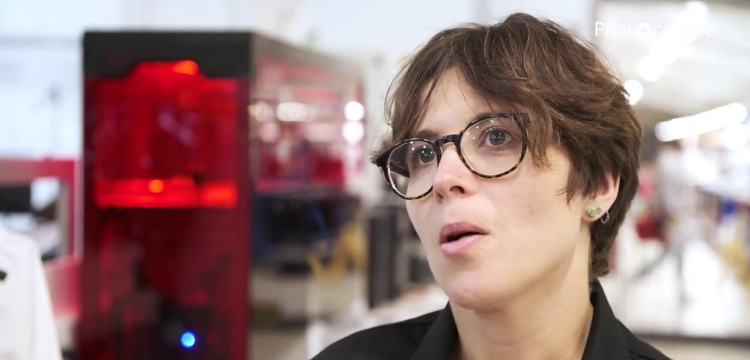
Dr. Karmel said: “The concept of thick electrodes has been around for some time. They are the easiest way to obtain high energy density batteries. The problem is that thick electrodes hinder the flow of lithium ions. But we can design the porosity and lithium ion flow. Channel to solve this problem,3D printingIs the best solution. “
At the same time, the Lewis team in the United States has proven the ability to print the positive and negative electrodes of the battery and printed all the battery components, which is their motivation for creating the application direction.
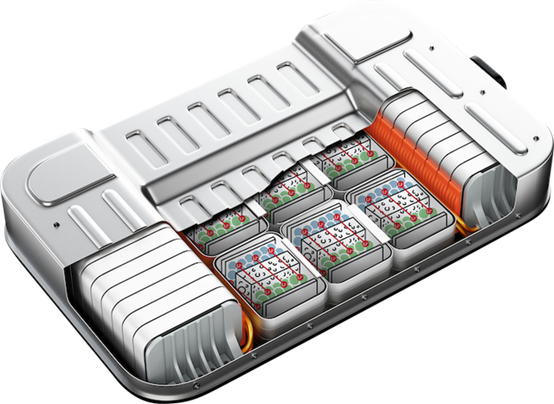
Lewis explained: “With this ability, we can surpass the miniature battery. When we first used it3D printingWhen doing this project, one of the driving factors is that you can make button batteries, silt cylinders, and thin-film micro-batteries, but you have no other choice.The battery manufacturer adopts3D printingTechnology to manufacture batteries of specific shapes. For example, if you have a hearing aid, and you want to install batteries in the space that is not used in the hearing aid, you can print a three-dimensional battery of different shapes, which not only improves the volumetric efficiency, but also opens up a design for the battery space. “
This is also the key motivation for Photocentric to enter the battery field.The company mainly uses LCD screens3D printingTechnology promotes research. Although most of the technology is protected by IP, Dr. Karmel briefly introduced the company’s LC Maximus machine, which consists of a build volume of 920 x 510 x 800 mm and a 43-inch LCD screen.
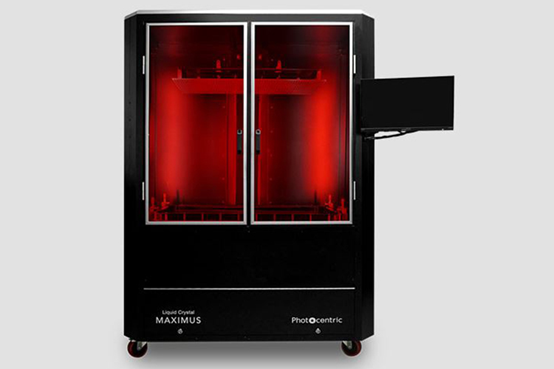
There is also a prototype with a 90-inch LCD screen, and another prototype system called LC Nano can be reduced to 20 microns. Photocentric combines these machines with a “specific type of photopolymer matrix,” which is said to have a very high active electrode material loading.
The company is currently participating in three projects. The first project focuses on the design of solid-state batteries with dense electrodes; the second is the structure and structure of electrodes; and the third is to explore electrode manufacturing methods. Photocentric’s goal is to develop batteries that can be commercialized and used on a large scale.They believe that the electric vehicle market urgently needs3D printingThe advantages brought by the battery.
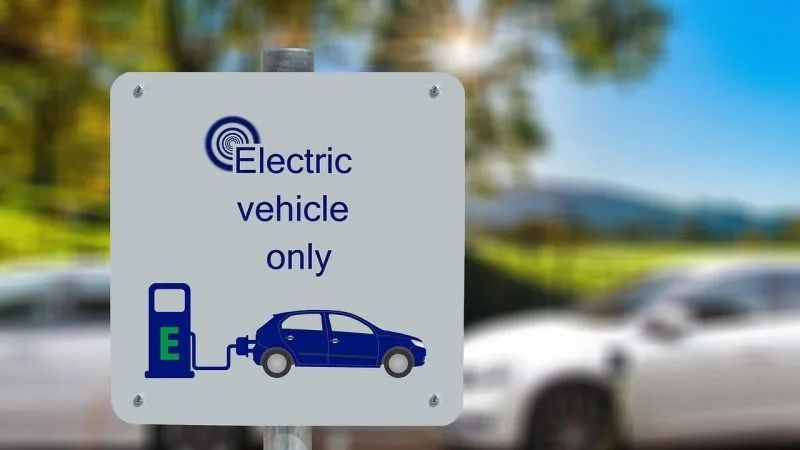
Karmel said: “The average weight of electric vehicles is 2 to 3 tons. If lighter batteries can be made, this will be a huge change. Faster charging capacity and higher energy density can make electric vehicles last longer. It’s not just electric cars. If a drone is equipped with a lighter battery, it can fly longer. For these lightweight applications, the shape of the battery will be very different.”
In the global climate crisis and the government’s efforts to reduce carbon emissions, the electric vehicle market has grown rapidly. By 2030, the European Union’s goal is to have at least 30 million zero-carbon vehicles, and the United Kingdom announced in October last year that it plans to phase out the sales of gasoline and diesel vehicles. Photocentric believes that its photopolymer 3D printing technology is sufficient to meet the battery design principles required by this type of market. At the same time, Lewis saw another turning point-the hybrid function.
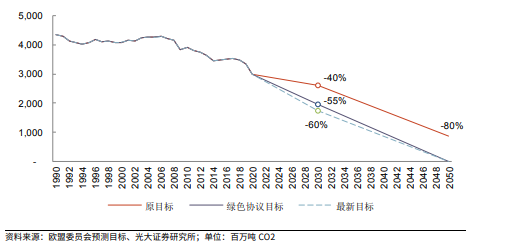
Lewis believes that in3D printingIn terms of batteries, it is still at least 10 years behind academia, and its development is slow.But the emergence of companies like Photocentric, Addionics, Blackstone, and Sakuu has made Lewis’ business3D printingThe room for battery development is full of confidence.
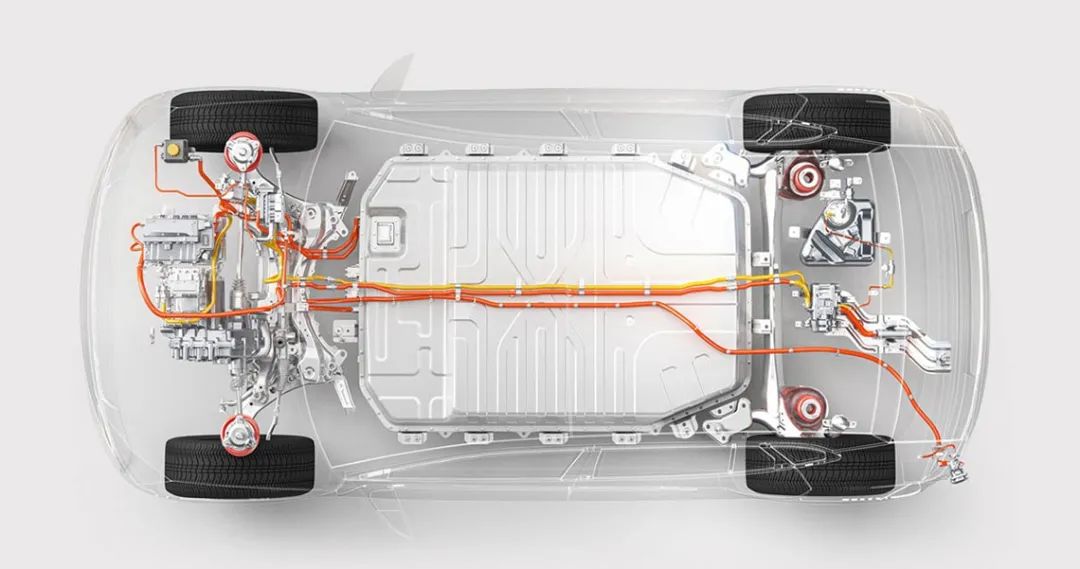
Lewis concluded by saying: “3D printingThe technology has opened up design space in terms of the shape or appearance of the battery and provides more structural complexity. If you consider using them not only for energy storage, but also for structural elements, allowing multiple materials to be printed together, it will be further Open the design space, and more energy will be stored in the volume of the lithium battery. According to the current research of my experimental team, we have only touched the skin. I believe everyone is looking forward to the future development space! “
(Editor in charge: admin)


0 Comments for “Is it true that 3D printing is used to complete the lithium battery of an electric car?”